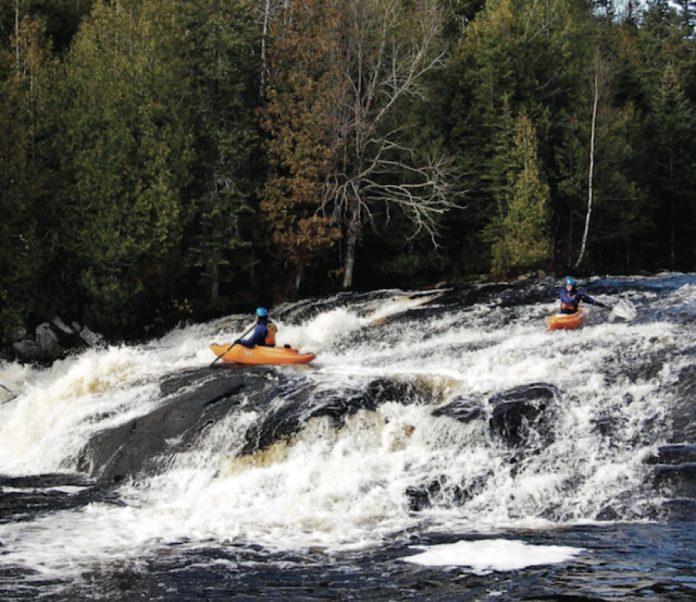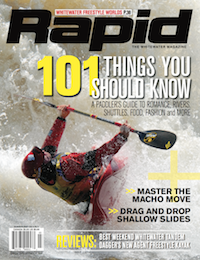Too often, no matter whether on a big play river or a tiny spring creek, beginner and even quite seasoned paddlers run straight-ahead-Fred tongue runs down very interesting sections of river. Even if you’re not a playboater or super hot river runner, there is usually a smoother, dryer, cleaner and sometimes even safer line than blasting down the middle. Finding these lines makes paddling more fun and improves your skills.
Scouting for Fun, Not Function
Standing above a set of rapids you often hear paddlers talking about the line. Not a line, or their line, but the line as if there is only one possible choice. In some extreme cases this is true, but for rivers most often paddled, there are hundreds, maybe even thousands of possible combinations. Start by identifying the hazards like wood and nasty holes. So long as you don’t paddle (or swim) into them, the rest is fair game. Start by picking out a few cool moves at the beginning when you can line them up from above, when you’re fresh and if you’re an open boater, when your boat is still dry. Make note of your exit strategy, which is the tongue line you would have paddled anyway.
Nail it and Rail it
There’s nothing more satisfying than nailing a tiny eddy up against a canyon wall—an eddy just small enough to snap your boat into and feed you back into the current, railing a jet ferry across to the other side. Kent Ford was a presenter at the recent Canadian Whitewater Instructor Conference where he spoke about making class II fun again. His mission is to better manage whitewater’s public image, make it more appealing to more people. However, making class II fun is good for everyone. Practicing tiny eddy moves and ferries on class II adds value to an otherwise cruisy run.
Boofs
Have a look at the above photo. Would you have boofed off the rock or drifted down a tongue with your paddle in your lap? Boofing the first eddy of the run is one of the most fun moves on the river, not to mention an incredibly valuable skill. This is almost certainly a smooth and dry line—whether you launch off the edge of the rock or just cut across the very top of the eddyline—with an eddy waiting below. Angle, momentum and timing work together; if one is off, just compensate with the others. Practice hitting the same boof or eddy super high from different approaches until you can nail it from anywhere above.
Turn and Surf
Not every perfect surf wave is eddy access at the bottom of a set. Look for them when you’re scouting and work them into your run. Catching surfs on the fly is easier than it looks. While floating down to a wave, spin your boat around so you’re facing upstream and paddle forward to slow your approach. Looking over your shoulder and hitting the steepest section with the biggest foam pile will help the wave catch your boat. Open boaters and C1 paddlers, you should try hitting the wave angled slightly to your paddling side so your last forward stroke straightens you on the wave.
Work It, Baby
I’m usually the first person to head down a set of rapids and the last to finish. Most think it’s because I’m in an openboat, ha ha, but it’s usually because I’m picking my way down, working each little river feature for all it’s worth. What’s the rush to get to the bottom, unless of course you enjoy flatwater.
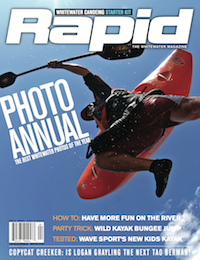
This article first appeared in the Fall 2007 issue of Rapid Magazine.



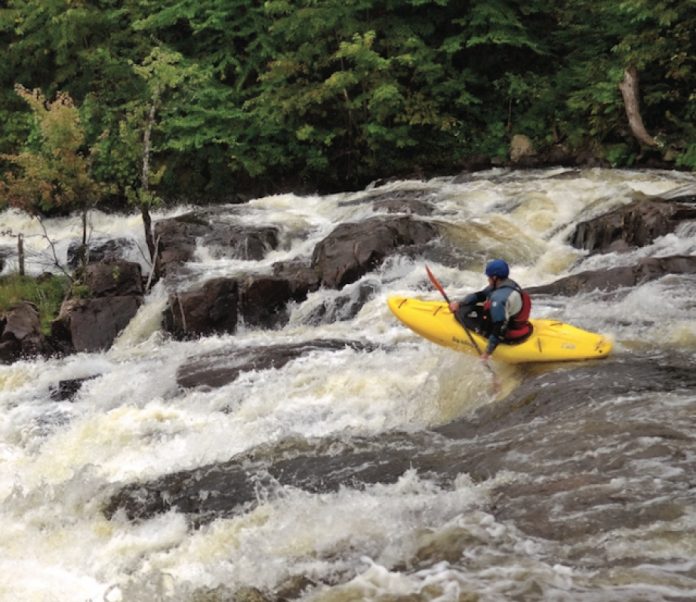

 This article first appeared in the Fall 2007 issue of Adventure Kayak Magazine. For more great content, subscribe to Adventure Kayak’s print and digital editions
This article first appeared in the Fall 2007 issue of Adventure Kayak Magazine. For more great content, subscribe to Adventure Kayak’s print and digital editions 
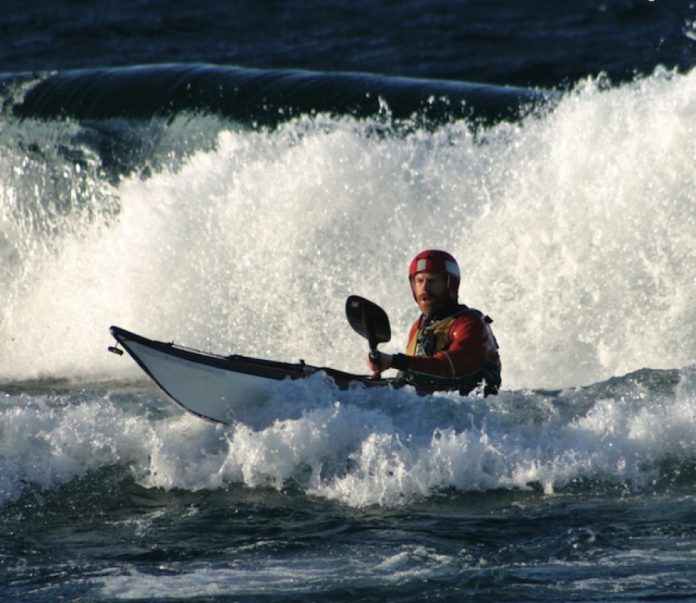
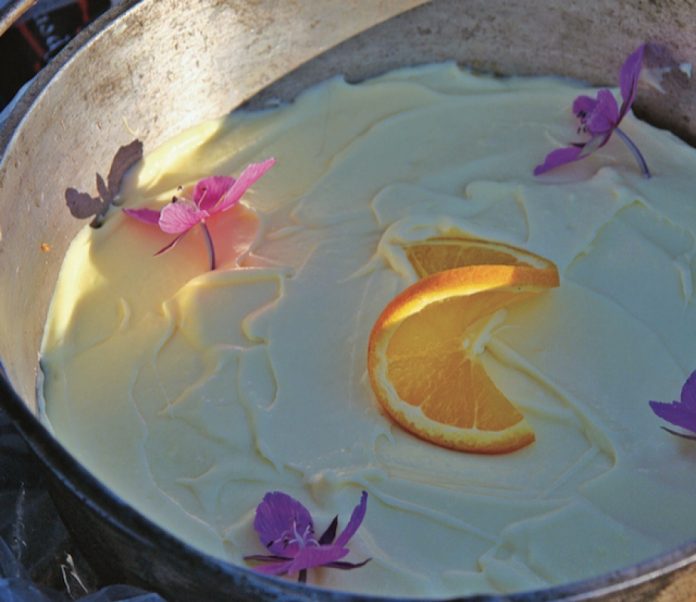


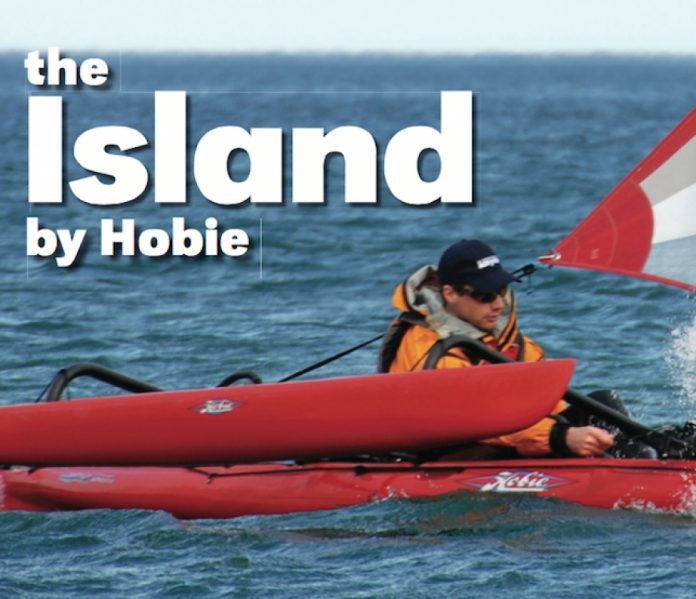
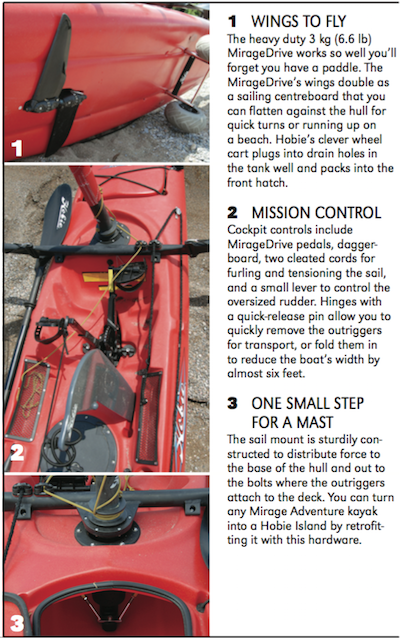
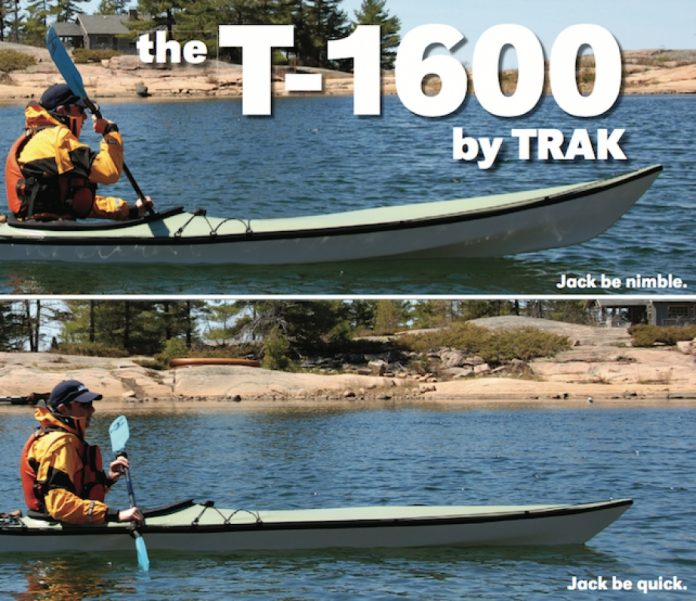

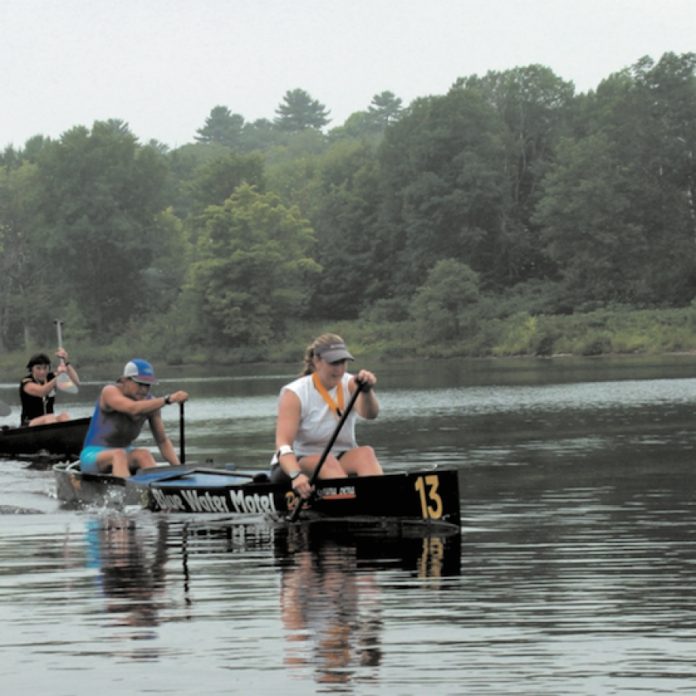
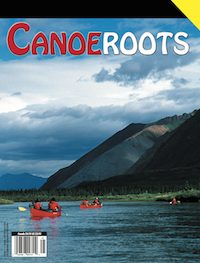 This article first appeared in the Summer 2004 issue of Canoeroots Magazine. For more great content, subscribe to Canoeroots’ print and digital editions
This article first appeared in the Summer 2004 issue of Canoeroots Magazine. For more great content, subscribe to Canoeroots’ print and digital editions 